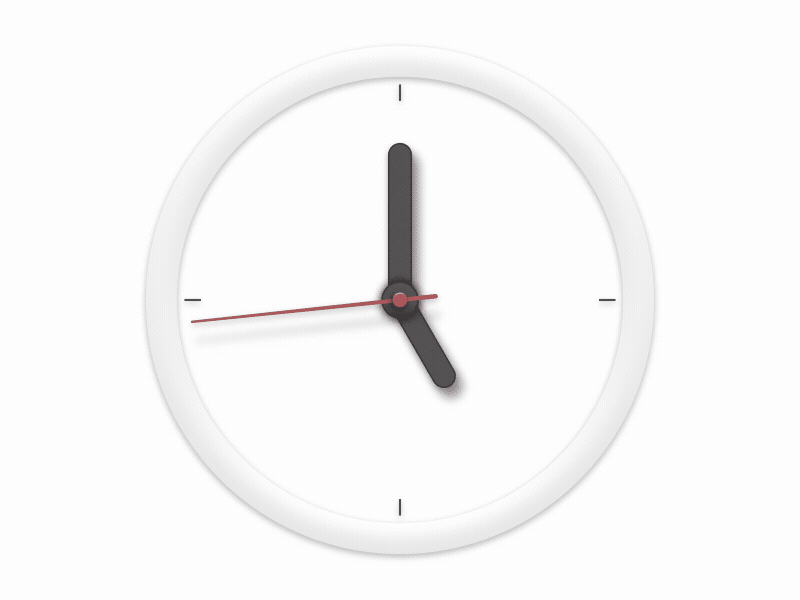Now as we are aware of CBDR and Motion Camouflage, we will check another phenomenon or a visual limitation
Introduction:
Before delving into detail, let's try a small game. Stand in front of a mirror and move your eyes left and right.
Can you see your eye balls moving left to right? No. But, others can see our eye balls moving. Why is it so ?
Let's try another game. Look at the seconds hands of your clock and quickly turn your head towards something else and again look at the clock. The seconds hand appear as if its motion is frozen.
This is due to a phenomenon called "Saccadic Masking". We assume that are our eyes are like a camera. However, when we move our head left and right,our brain captures snapshots of information to prevent blur and fills the gaps with some information which it considers not risky. The brain selectively blocks visual processing during eye movements to suppress motion blur. Without this suppression, the blur would become a frequent source of distraction, nausea rather. These rapid eye movements are formally known as saccades. And the absence of their perception or the inability to perceive your saccades is called saccadic masking or suppression.
Saccadic masking is a phenomenon that occurs when the brain blocks out visual information during rapid eye movements, in order to prevent motion blur. This can make it difficult to see objects that are in the process of moving, or to track objects that are moving quickly.
A good video by BBC to demonstrate saccadic masking.
How does it apply to road safety near intersections?
When we approach an intersection, if we move our head fast from left to the right to scan for hazards, there's a chance of missing a biker or a pedestrian or a cyclist near intersections, if they fall in those saccades, where our brain suppresses the information to prevent blur.
Did it ever happen to you that, when you are making a right turn across the road, you had noticed a pedestrian in your path at the last moment?
How to avoid saccadic masking?
As we approach junctions, scan slowly by pausing briefly as we scan our left, center and right instead of a continuous sweeping motion. This gives our brain enough time to process the information and spot hazards.
Conclusion:
Finally, to conclude, in India, everyone takes risks on the road. But, we never know if the person who's driving, took the risk with awareness of what can go wrong or completely unaware of the limitations of our vision. However, as learned road users, we should improve our skill set to reduce known risks.







